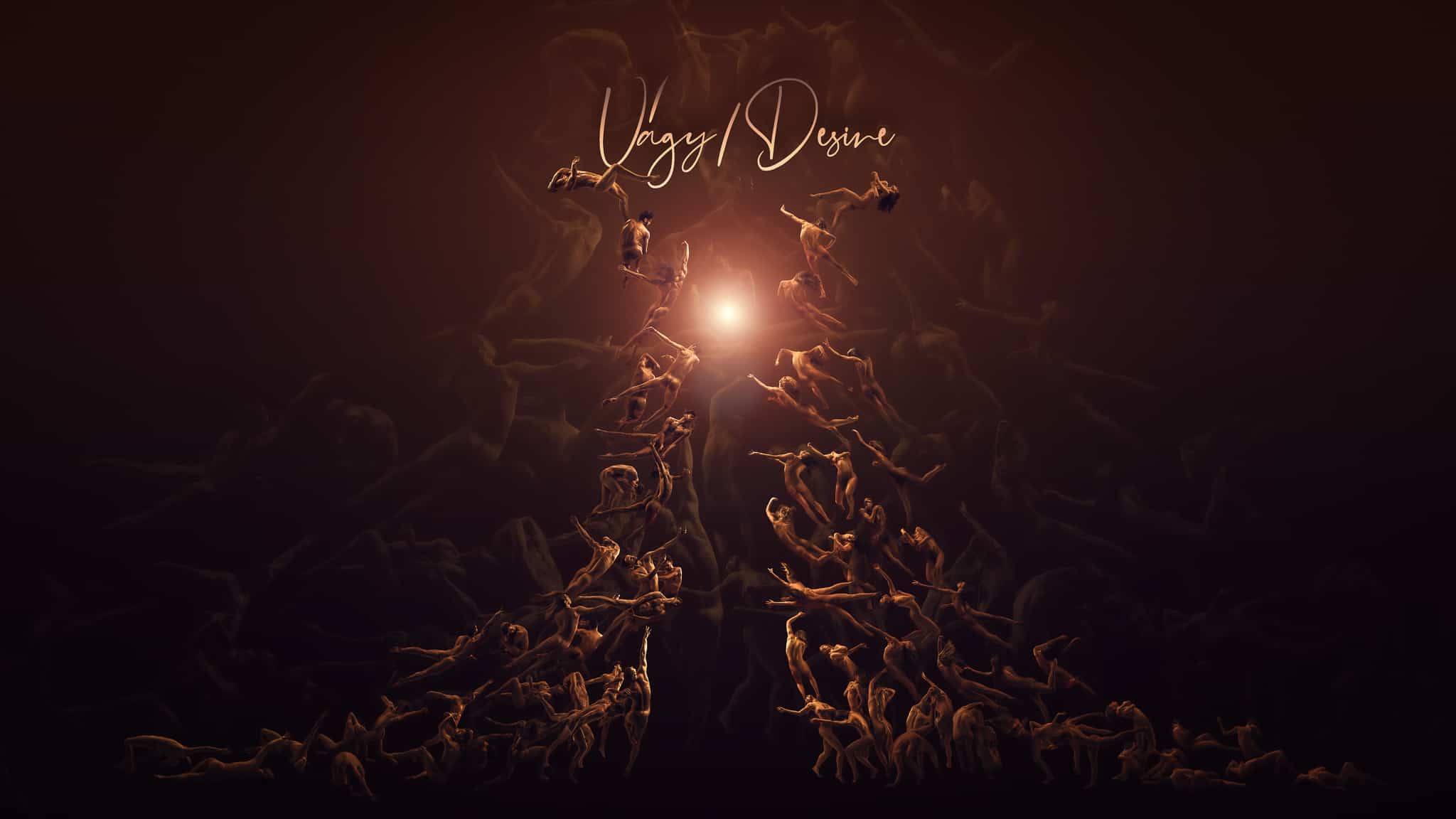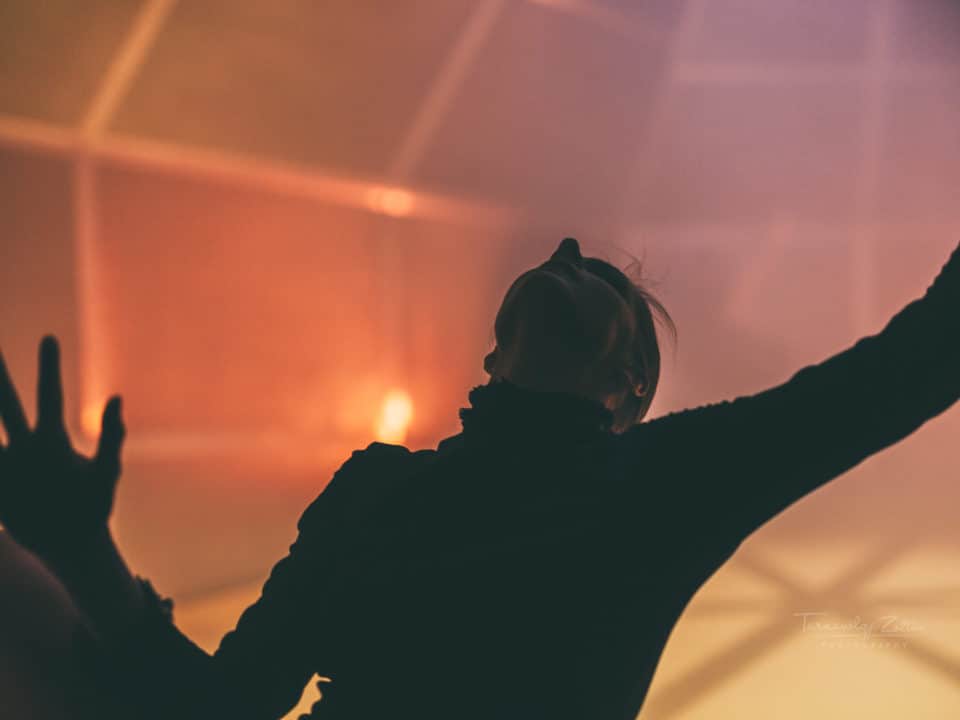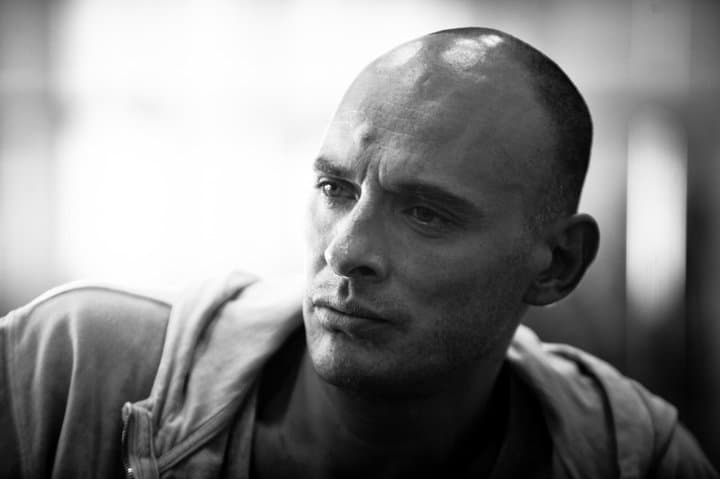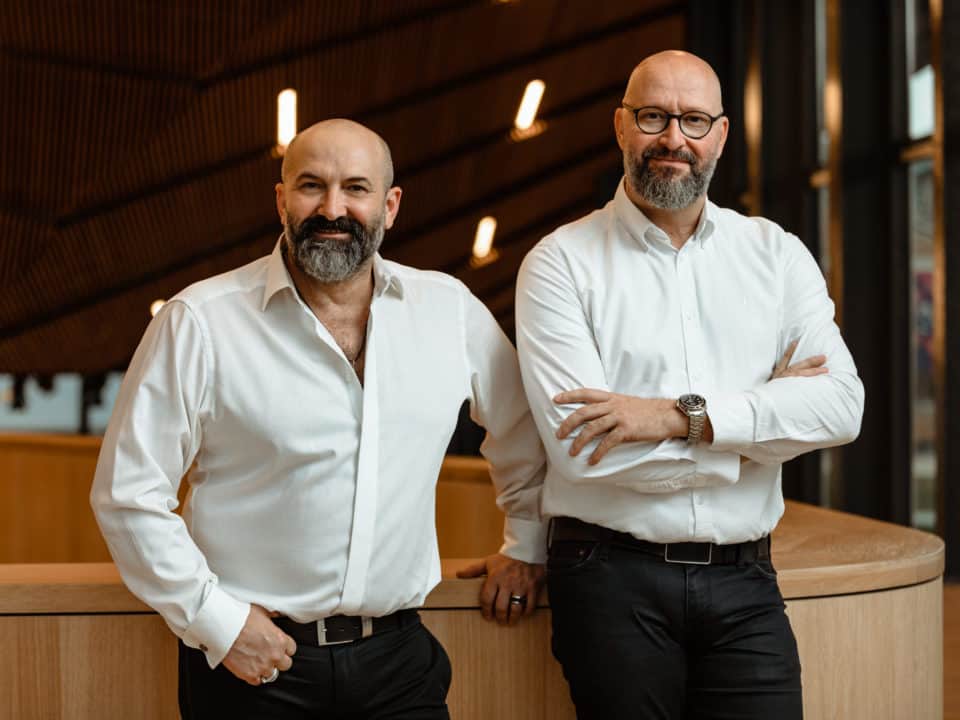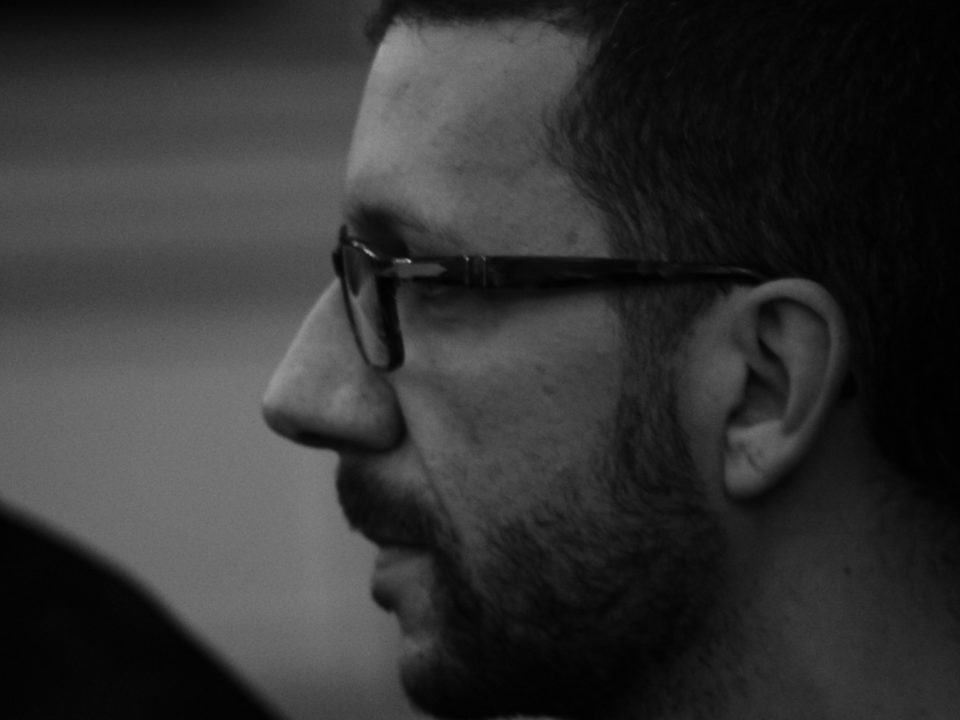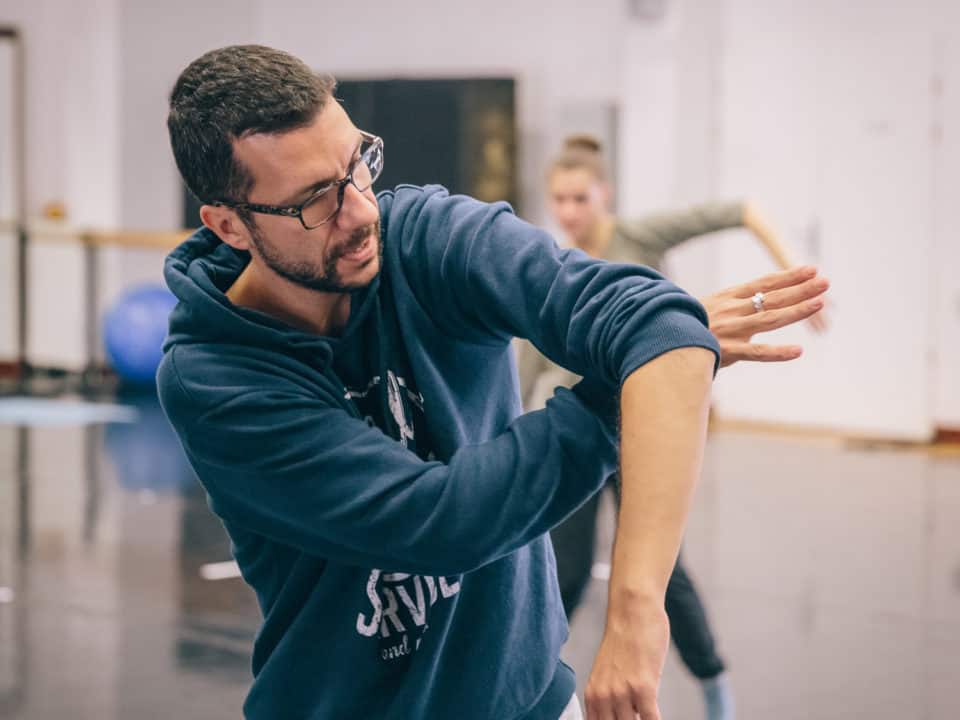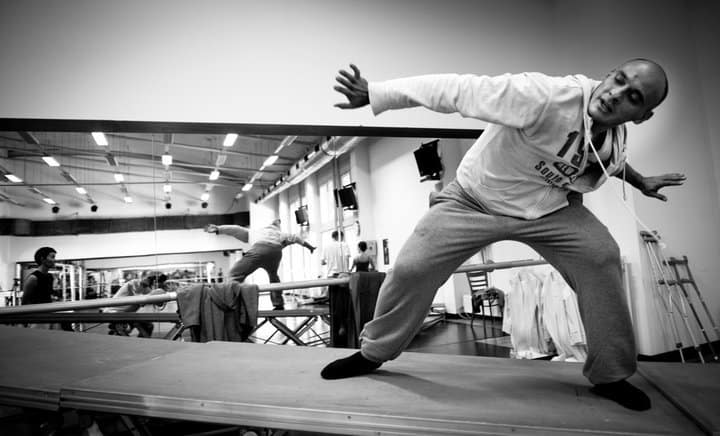Szeged Contemporary Dance Company presents:
Desire
Latin lifestyle presented by Szeged Contemporary Dance Copany: the company is getting ready for their three one-act pieces in one night in the beginning of the new year. Desire will be performed in the Szeged National Theatre and at the Budapest Dance Festival (National Dance Theatre Budapest) and alignes a prominent creator team.
Italian coreographer Enrico Morelli invites us to see the Coppélia-story’s deep psychology followed by Tamás Juronics’s renewed The House of Bernarda Alba to take on love and desire’s motive. The last piece is the argentinian Roberto Galvan’s, remade after 27 years the Concert accordion to Piazzola’s music.
Art director Tamás Juronics claims that desire is a main topic for each coreographer and dealing with it is inevitable and thrilling.
TJ: „The art of dance is a way of expression where portraying desire is one of the most essential role. Emotions which are impulsive, elemental, subconscious and wordless are best be shown by dance.
We are engaged in showing desire’s various ways of expressions. Love and corporality are the motives to connect these one-act plays. The fierce longing in Coppélia blurs our sight and deforms the sensory organs. This the only way one is capable of falling in love with a doll, a dead matter.The young man’s fever of emotion destorts reality. Love is blind according to the phrase and it is true. It even compels one to such misunderstandings and this is the journey that is so exciting for Enrico. You see what you desire, love dictates.
The House of Bernarda Alba is the opposite: desire that is bottled up, even forbidden and the terrible tense and frustration it creates leads to drama. The play tells Lorca’s muggy, andalusian story about this inner conflict taking place between our glass-wall cells.”
Argentine tago, argentine coreographer, argentine music: the characteristics of the third dance play remade after 27 years to Piazzola’s music for the Szeged Cotemporary Dance Company by Roberto Galvan. Director András Echéry-Pataki once used to form one of his dancer career’s favourite role in this piece.
AP: „It was an amazing experience for everybody. Roberto was one of the first coreographers coming from the world that was about to open up for us. His style was extraordinary to us freshly graduated folk dancers. Roberto reshaped argentine tango, brought from his homeland, mixed it with contemporary dance technical elements and tried to create an authentic design.We did not dance traditional tango. Tango’s idea, its social setting and operational mechanism were defined in three aspects on stage. He created a powerful piece which I loved to dance. No wonder it was the audience’s favourite. Piazzola in itself scored a great success already. In the 90’s Hungary tango was only about overheated eroticism and around three cliche moves. Today this dance style has a strongly different approach as it has become popular in night clubs too. I am looking forward to see what is the next expressive execution to take its turn. Presumably the performance will form a whole other style since the picture and the expectation also changed on the part of the present audience, dancers and coreographers. On the other hand I think it is exciting to see how the play still keeps its freshness. It features a social historical situation: tango’s evoltion and who used to dance it. Maybe it is not well-known that in the beginning it used to be banned. The workers’ and hothouses’ dance with a sensible german immigrant influence. It shows an intresting time and feeling wrapped in a present-day gown by Roberto”.
